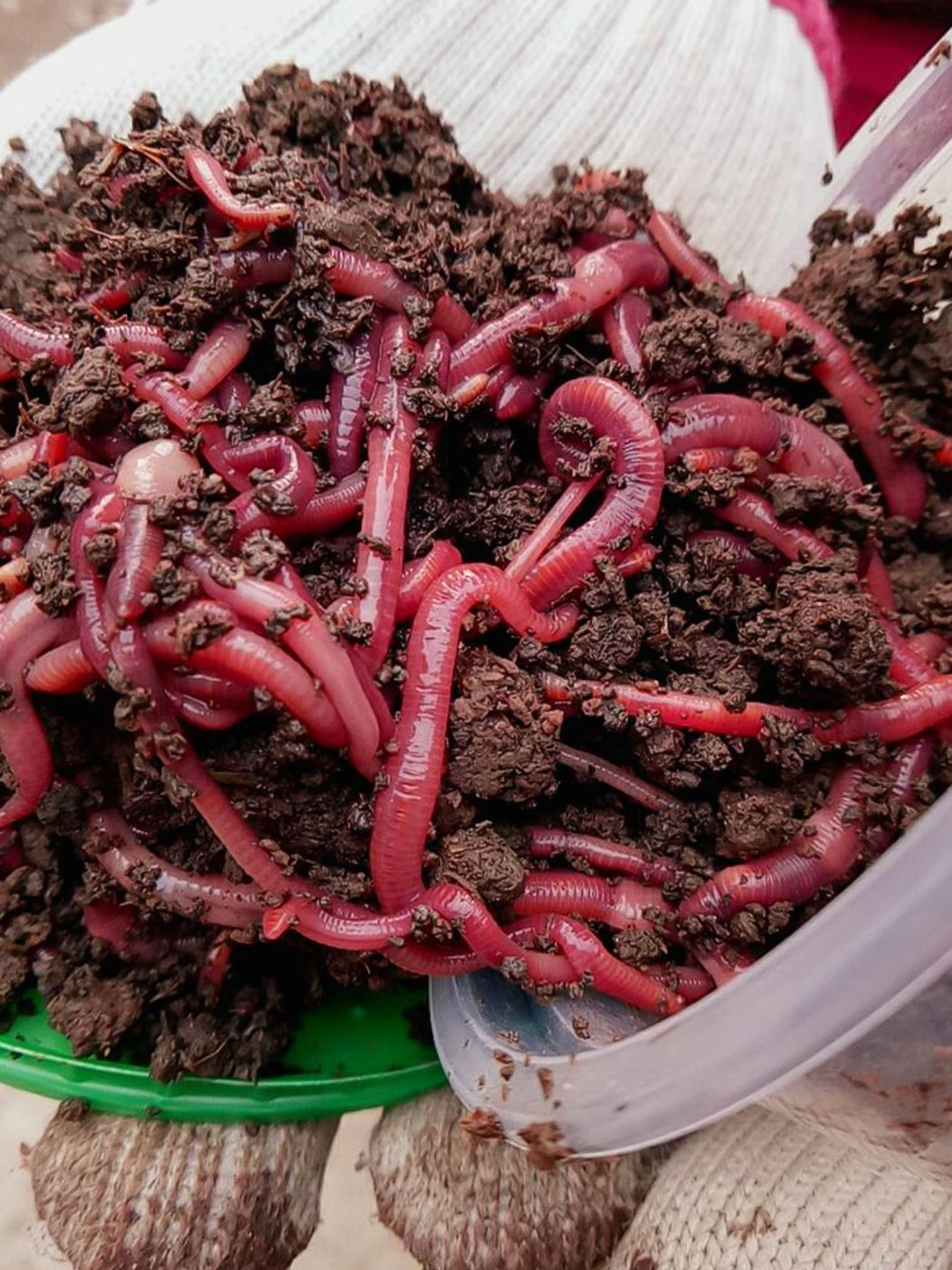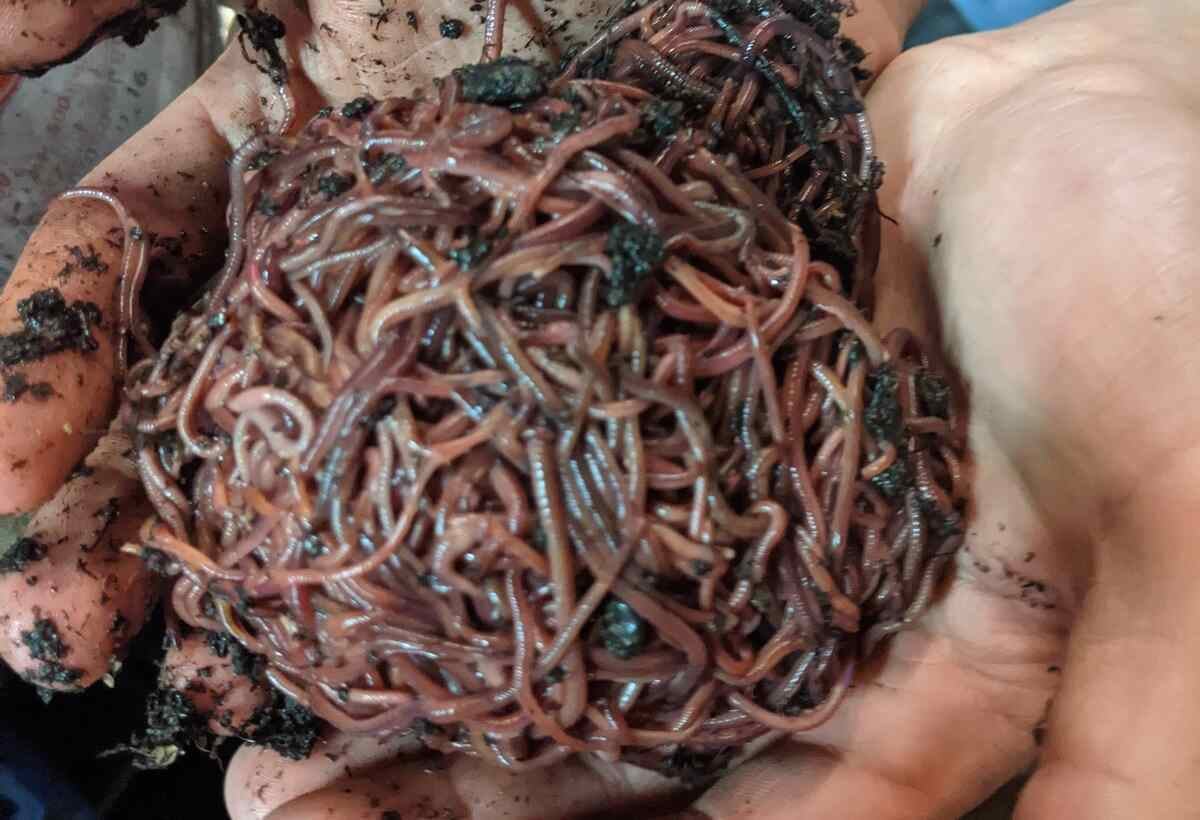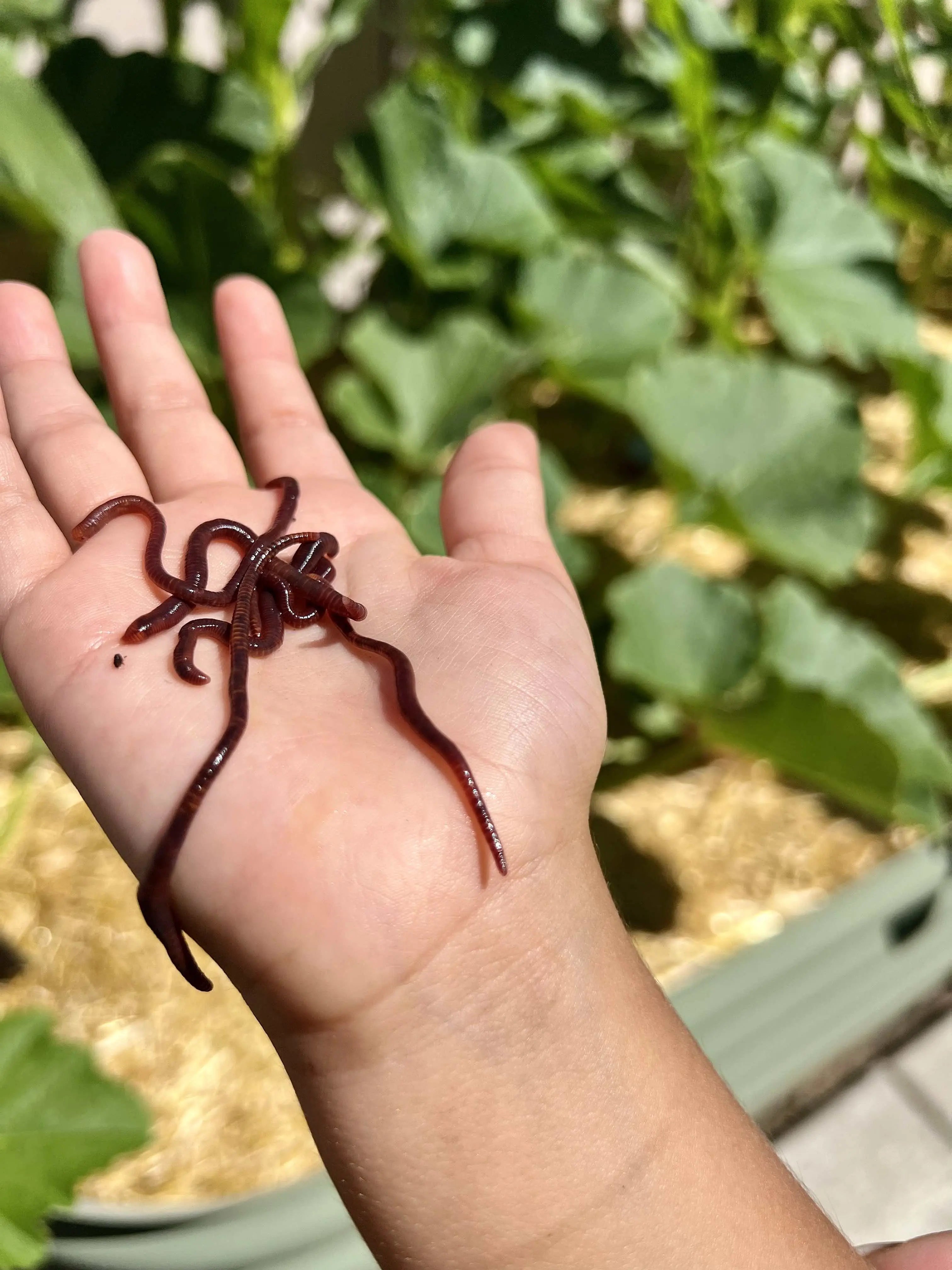Lake Hickory Bait: Quality Supplies for Every Season of Fishing
Wiki Article
How Red Wigglers Can Change Your Composting Experience
The integration of red wigglers right into composting practices supplies a transformative approach to throw away monitoring and soil enrichment. These organisms not only expedite the decay process yet also create nutrient-dense vermicompost that boosts dirt wellness and fertility. Their adaptability to different settings makes them a suitable option for both newbie and seasoned composters alike. Recognizing the details requirements and benefits associated with maintaining a flourishing worm population is essential for maximizing their capacity. What methods can one use to make certain an effective vermicomposting experience?Advantages of Red Wigglers
Red wigglers, scientifically known as Eisenia fetida, are a cornerstone of effective composting systems due to their remarkable capability to disintegrate natural matter effectively. These worms stand out in transforming kitchen scraps, yard waste, and other natural products into nutrient-rich compost, commonly described as worm spreadings. Lake Hickory Bait. This procedure not only minimizes garbage dump waste but additionally contributes to sustainable horticulture techniquesOne of the key benefits of red wigglers is their high recreation price, enabling them to inhabit a composting atmosphere quickly. This quick multiplication enhances disintegration rates, causing faster compost manufacturing. Furthermore, red wigglers flourish in a varied series of problems, making them adaptable to numerous composting configurations.

Establishing Your Worm Bin
(Lake Rhodhiss Bait)To produce an efficient worm container for composting, cautious attention should be provided to its design and atmosphere. An optimal worm container should be constructed of products that are durable yet enable needed air movement, such as plastic or wood. The size of the container can differ, yet a volume of roughly 1 square foot per extra pound of worms is an excellent beginning factor.Guarantee that the container has water drainage openings to avoid water build-up, which can cause anaerobic conditions harmful to the worms. In addition, incorporating ventilation holes will certainly help preserve proper moisture degrees and oxygen circulation.
Next, it is important to give bed linens for the worms, which can consist of shredded paper, cardboard, or coconut coir. This bed linens not just offers a habitat for the worms but also aids in moisture retention.
Position the worm bin in a location that preserves a temperature level variety of 55-77 ° F(13-25 ° C) to enhance worm task. Avoid placing the container in straight sunlight or severe temperature levels. By complying with these standards, you can produce a conducive environment for red wigglers, enhancing the efficiency of your composting process.
What to Feed Your Worms

(Red Wiggler Express)Red wigglers specifically appreciate soft, wet foods like watermelon skins, cucumber peels, and banana peels. It is vital to prevent feeding them citrus fruits, onions, and garlic, as these can be harmful to their well-being. In addition, prepared foods, dairy items, and meat must be strictly stayed clear of, as they can bring about smells and draw in bugs.
To keep optimum problems, it's a good idea to slice bigger scraps into smaller pieces, assisting in quicker decomposition. Start by introducing little amounts of food and check the worms' usage rate; adjust accordingly to stop overfeeding, which can develop an undesirable setting. Finally, giving a regular feeding schedule will aid keep your worm populace flourishing while enhancing the general efficiency of your composting efforts. By understanding what to feed your worms, you prepared for an effective and sustainable composting experience.
Maintaining a Healthy And Balanced Habitat
Creating a thriving composting setting for red wigglers needs attention to their environment, as it directly influences their health and performance. The suitable habitat ought to maintain a well balanced moisture level, usually between 60-70%. Too much wetness can lead to anaerobic conditions, while inadequate moisture might dehydrate the worms.
The bed linens material in the compost need to vary and shredded, incorporating materials like cardboard, paper, and coconut coir. This not just provides a comfy atmosphere however also functions as a food resource. Lake Hickory Bait. Frequently looking for odors or indications of bugs can help recognize possible problems prior to they escalate
Lastly, keeping a balanced pH degree, ideally in between 6 and 7, guarantees a helpful habitat for red wigglers, cultivating their capability to process natural issue successfully. By dealing with these factors, you can develop a sustainable and effective composting community.
Harvesting and Making Use Of Compost
Collecting compost from a worm container is a satisfying procedure that transforms natural waste into nutrient-rich product for gardens and plants. When the composting cycle is full, see this usually after 8-12 weeks, it's time to accumulate the vermicompost. The initial step involves separating the red wigglers from the ended up compost. This can be done making use of techniques such as the "light" approach, where worms are attracted to light and can be scooped far from the top layers, or by relocating the garden compost to one side of the container and including fresh bed linen to the opposite side, motivating the worms to move.When the worms are eliminated, the continuing to be garden compost can be looked to eliminate any bigger fragments or undecomposed product. This rich compost can be applied directly to garden beds, mixed right into potting dirt, or made use of as a leading dressing for potted plants.
Final Thought
Integrating red wigglers right into composting techniques significantly improves the decay procedure and adds to the production of nutrient-rich vermicompost. The resulting worm castings boost dirt framework, fertility, and microbial task, inevitably promoting much healthier plant growth.Report this wiki page